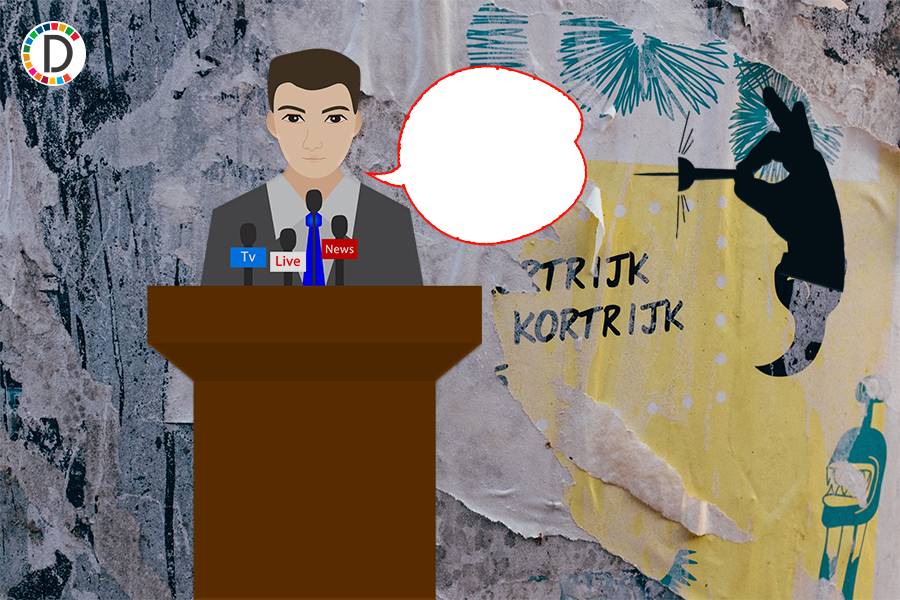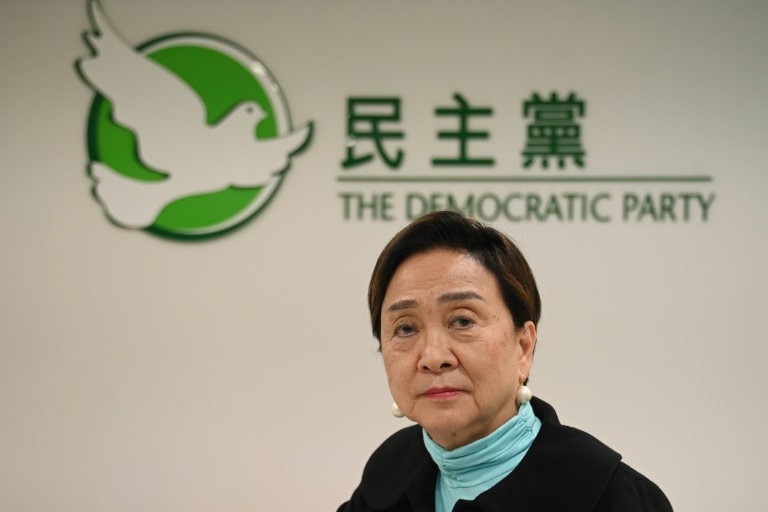Bing Yu Yap is a founding engineer at Datacurve . And sold Roundzero, an AI Coding Interviewer. The hiring landscape is evolving rapidly as artificial intelligence transforms every aspect of business—from candidate sourcing to technical assessments.
Today, automated applications and AI-powered evaluations are reshaping recruitment. Traditional tests are losing relevance, as the value of a candidate now lies in their ability to harness on-demand knowledge and innovative tools. This article explores how hiring practices can be reshaped to embrace AI-assisted assessments that emphasize agency, creativity and curiosity.

Modern recruitment is increasingly automated. Algorithms sift through resumes, filtering candidates based on keywords and experience. Simultaneously, AI-powered technical assessments replace static coding challenges with dynamic evaluations.
However, this technological integration presents a dual challenge. Some candidates may misuse tools like GPT to cheat, while others harness AI for genuine problem-solving. Hiring managers must learn to distinguish between misuse and skillful application to capture a candidate’s ability to tackle real-world challenges.
The old adage “knowledge is power” is less relevant in an age where information is abundant. With data available at a click, true value comes from how quickly and effectively one can leverage that knowledge. Traditional technical assessments, such as Leetcode-based tests, reward memorization rather than analytical thinking.
Modern technical roles require the ability to apply on-demand knowledge creatively and efficiently. Employers need individuals who can integrate AI tools into their workflow, make informed decisions swiftly and adapt to new challenges with agility. Instead of relying on algorithm-based assessments, consider giving candidates an open-ended task that mirrors real-world challenges.
Such tasks allow hiring teams to observe how candidates navigate uncertainty, display creativity and demonstrate curiosity. The process reveals key traits: • Agency: Do candidates proactively identify problems and seek solutions? • Creativity: Are they resourceful and innovative in their approach? • Curiosity: Do they ask clarifying questions and iterate on their work? An open-ended task doesn’t have a single “correct” answer. Rather, it reveals how a candidate approaches challenges from start to finish and whether they care enough to do great work.
This method shifts the focus from memorized responses to a practical evaluation of potential. Instead of banning AI tools during assessments, companies should integrate them into the evaluation process. Modern work environments expect employees to use AI tools to enhance their productivity.
Designing assessments that simulate real-world scenarios where AI assistance is expected can reveal a candidate’s true potential. For example, a timed challenge could require candidates to quickly source and apply relevant information using AI tools. Alternatively, a collaborative project might involve solving a complex problem with one team member relying on AI-driven code suggestions and another offering strategic oversight.
This approach shifts the focus from preventing misuse to evaluating how candidates enhance their performance by integrating AI effectively. By embracing AI in assessments, organizations recognize that the ability to quickly access and apply information is a critical skill. This capability distinguishes good hires from great ones in an environment where knowledge is readily available.
Looking ahead, technical roles will be defined by the seamless integration of AI tools into everyday work. Companies that rely solely on outdated assessment methods risk missing out on top talent—individuals who are not only knowledgeable but can also leverage that knowledge in innovative ways. In this AI-first world, the most valuable employees are those who demonstrate agency, creativity and curiosity.
They navigate complex problems and use on-demand resources to drive innovation. For tech leaders, the challenge is to evolve hiring practices to capture these qualities, ensuring that recruitment remains both rigorous and relevant. The era of static, memorization-based testing is over.
In its place, a dynamic hiring process that embraces AI and on-demand knowledge is emerging. By strategically and carefully integrating AI tools into technical assessments and focusing on agency, creativity and curiosity, organizations can better predict future success and drive sustained innovation. In today’s fast-paced environment, it is not enough to simply know the answer—it’s how you use the wealth of available information that truly counts.
Forbes Technology Council is an invitation-only community for world-class CIOs, CTOs and technology executives. Do I qualify?.
Technology

Hiring In The AI Era

The hiring landscape is evolving rapidly as artificial intelligence transforms every aspect of business—from candidate sourcing to technical assessments.














